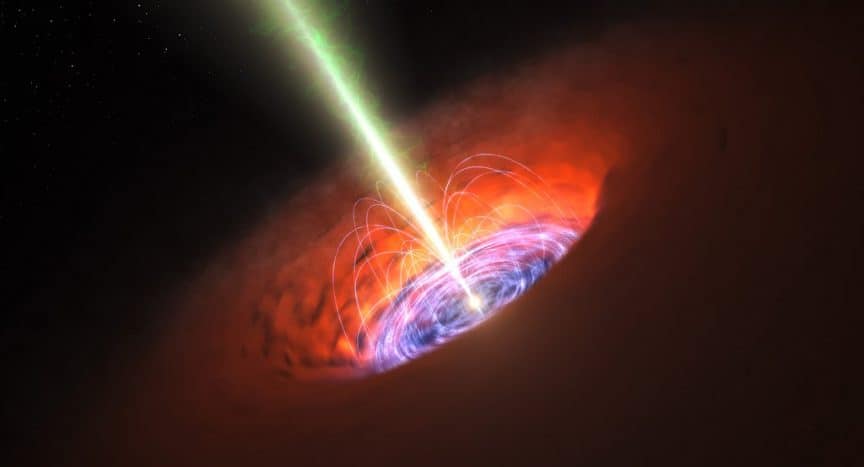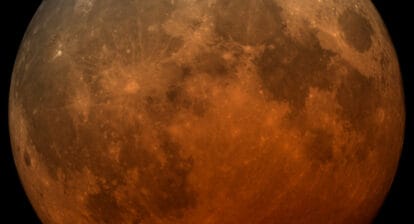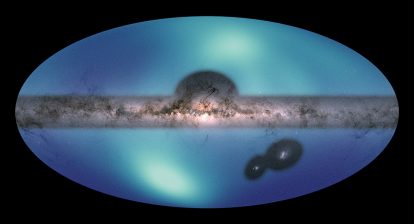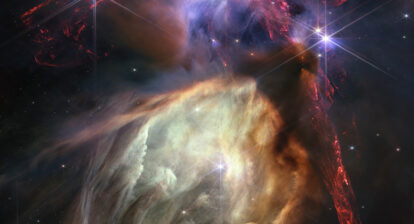Stellar-mass black holes can be up to ten to hundred times more massive than the Sun, while supermassive black holes (SMBH) are inordinately humungous, the largest type of black holes, with mass of millions or even billions suns (generally supermassive black holes are those above one million solar masses). Some scientists have started labelling black holes above ten billion solar masses as ultra-massive black holes. Observations have revealed that at the center of most galaxies is a supermassive black hole, formed at the same time as the host galaxy. Even our galaxy, the Milky Way has a supermassive black hole at its center, corresponding to the location of a bright and compact radio source known as Sagittarius A*. This black hole is equal to about four million suns. At the moment, the largest known black hole powers the quasar TON 618 and has a mass of 66 billion solar masses.
(Watch/Read What is a Black hole?)
It seems that this is not large enough. A recent study by Queen Mary Emeritus Professor Bernard Carr in the School of Physics and Astronomy, together with F. Kühnel (Münich) and L. Visinelli (Frascati), suggests that ‘Stupendously Large Black holes’ (SLABs) might also exist. These black holes could be 100 billion solar masses or even larger and could be what are known as ‘primordial black holes’ that formed in the early universe, long before galaxies took shape. Primordial black holes may have formed directly from external pressure and density fluctuations in the first moments of the Big Bang. These could have collapsed into black holes and then accreted more matter, eventually becoming supermassive black holes or even SLABs. This research may explain the existance of dark matter.
It might be hard to believe in such phenomena. However, in a paper published in September 2020, provided evidence for intermediate mass black holes. Gravitational waves from two colliding black holes indicated that the resulting black hole was 142 times the mass of the sun. This is an intermediate mass range – between stellar mass and super massive black holes – and had not been seen ever before.
You never know. SLABs might be out there too!







